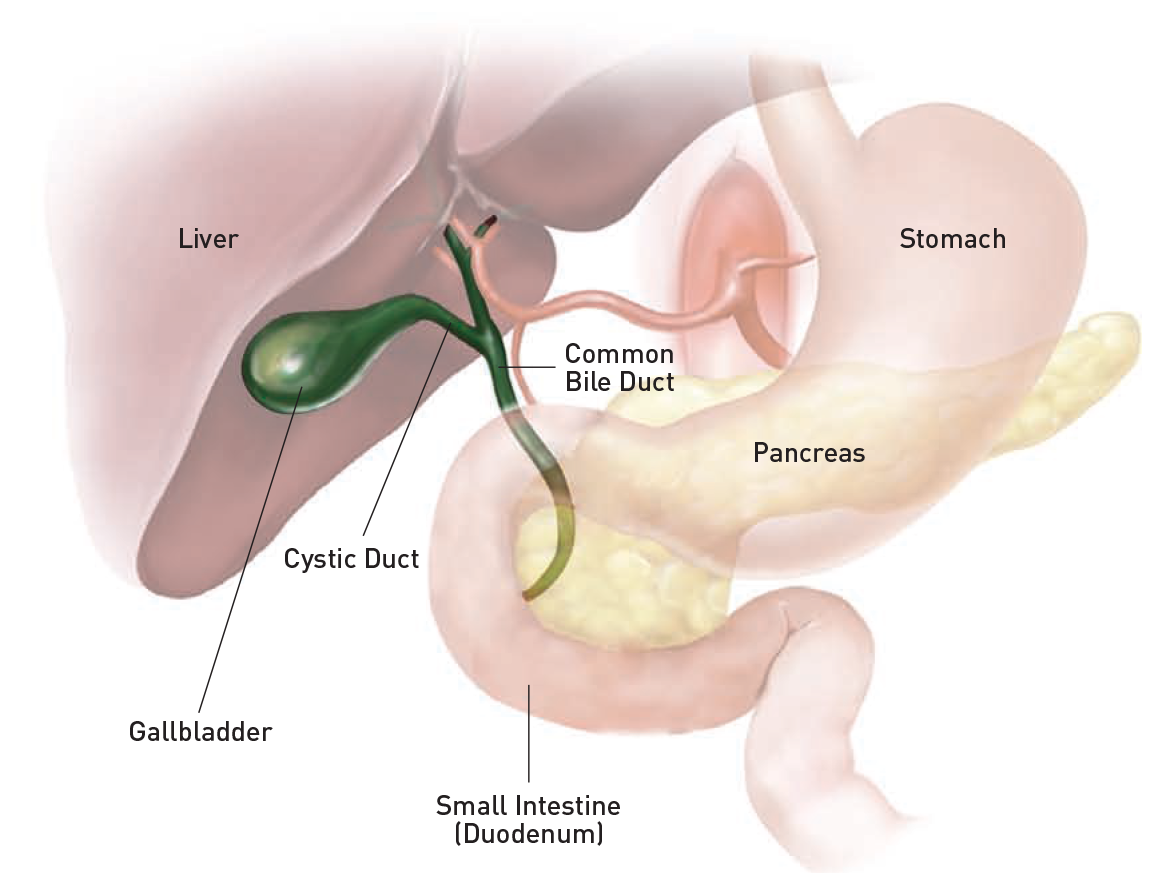Cholecystectomy is a surgical procedure involving the removal of the gallbladder. The gallbladder is a small organ located beneath the liver, and its main function is to store bile produced by the liver. Bile helps in the digestion of fats. Cholecystectomy is typically performed when the gallbladder is diseased or inflamed, usually due to the presence of gallstones.

There are two main types of cholecystectomy:
1.Laparoscopic Cholecystectomy: This is a minimally invasive procedure where several small incisions are made in the abdomen. A laparoscope (a thin tube with a camera) is inserted through one of the incisions to visualize the area, and specialized instruments are used to remove the gallbladder. Laparoscopic cholecystectomy is often preferred because it generally results in less pain, a shorter recovery time, and smaller scars compared to open surgery.
2.Open Cholecystectomy: In some cases, open surgery may be necessary, especially if there are complications or if the surgeon encounters difficulties during a laparoscopic procedure. In an open cholecystectomy, a larger incision is made in the abdomen to directly access and remove the gallbladder.
Cholecystectomy is a common and generally safe procedure. After the gallbladder is removed, bile flows directly from the liver into the small intestine, but it is not stored between meals. Most people can lead normal, healthy lives without a gallbladder, although they may need to make some dietary adjustments, as the absence of a gallbladder can affect the digestion of fats.
It's important to note that cholecystectomy is usually recommended when there are significant issues with the gallbladder, such as the presence of gallstones causing pain, inflammation, or other complications. If you are facing gallbladder issues, it's essential to consult with a healthcare professional to determine the most appropriate course of action for your specific situation.
